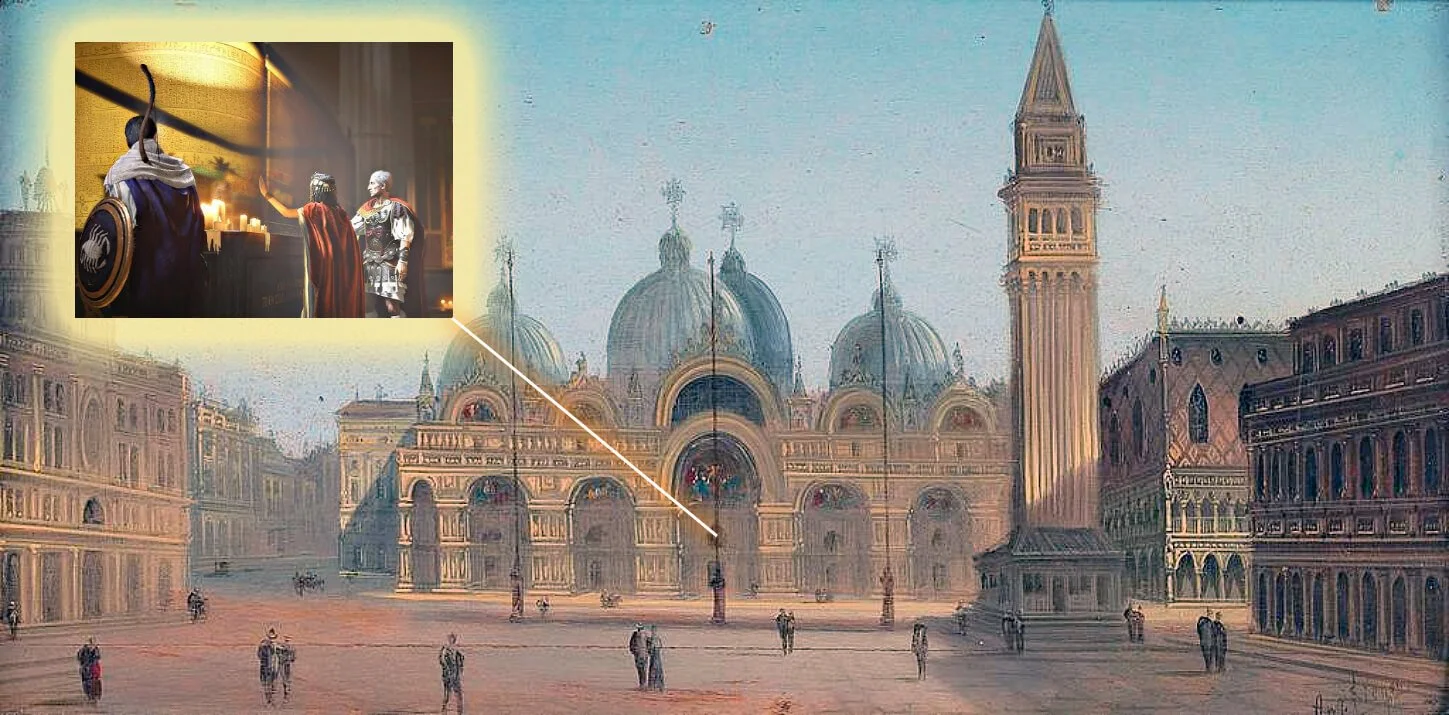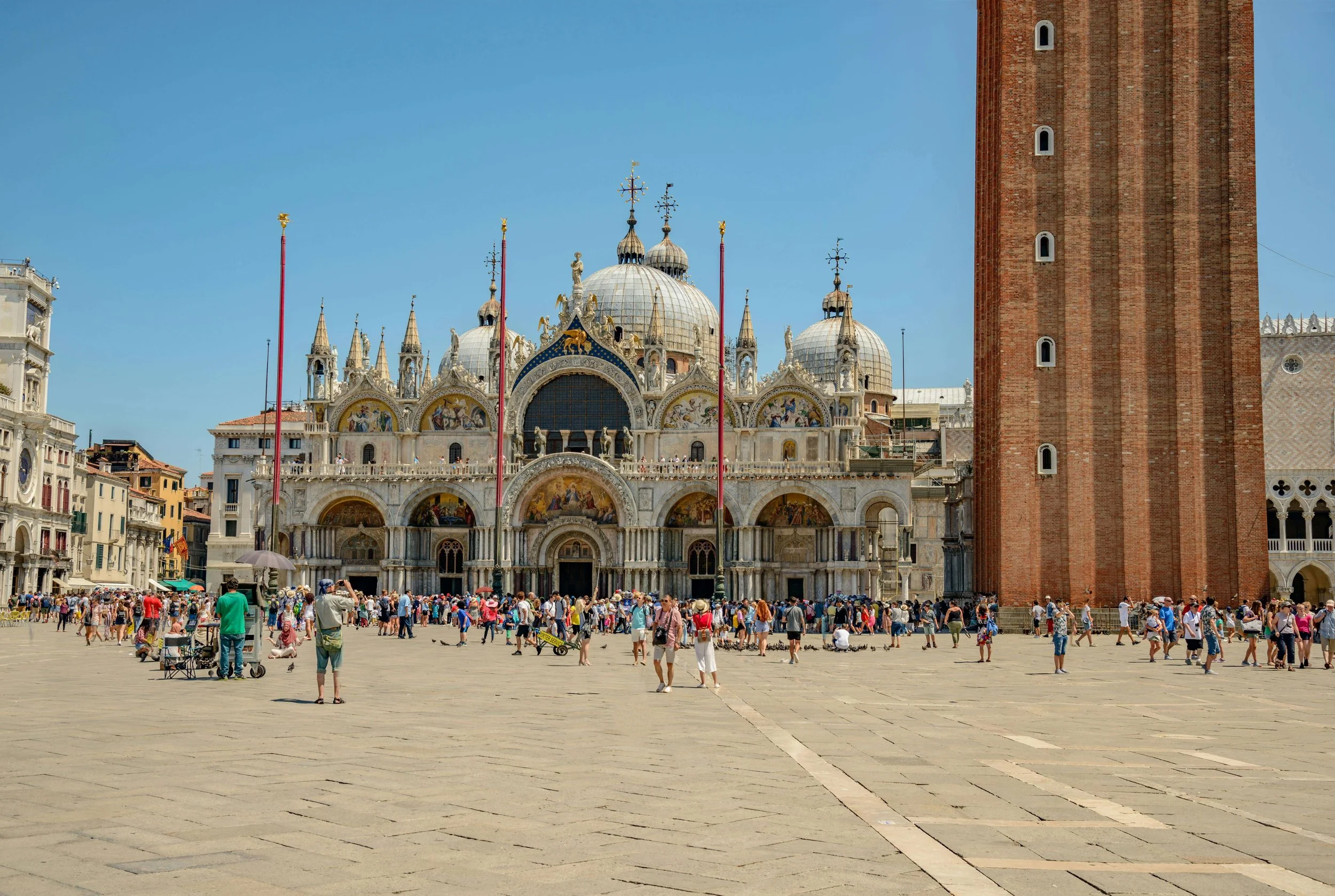The burial site of Alexander the Great continues to captivate historians, archaeologists, and enthusiasts alike. Despite his monumental role in shaping the ancient world, his final resting place remains elusive. After his death in Babylon in 323 BCE, historical accounts mention the elaborate transportation of his body and a politically charged burial in Egypt. Ancient sources suggest it was first interred in Memphis and later transferred to Alexandria, a city he founded and where he supposedly wished to be buried. His tomb became a place of pilgrimage for centuries—visited by emperors such as Augustus and Caracalla—until, at some point, it vanished from historical records, leaving behind one of the greatest archaeological riddles of the ancient world.
This absence of concrete information has given rise to various theories, ranging from secret relocations to deliberate concealment. Among these, Andrew Michael Chugg’s theory stands out for its originality and the way it attempts to reconcile two separate historical traditions: the mysterious disappearance of Alexander’s tomb and the sudden appearance of Saint Mark’s relics in Christian sources. Chugg’s central premise is provocative yet intriguing—that the body now venerated as Saint Mark in Venice may in fact be that of Alexander the Great, preserved under a Christian guise to ensure its survival during a period of intense religious transformation.
The Disappearance of the Tomb
Historical references to Alexander’s tomb gradually fade by the end of Late Antiquity. The most telling account comes from John Chrysostom, writing in the late 4th century CE, who remarked that the tomb of Alexander had already vanished in his time. This loss coincided with the Christianization of Alexandria, a period during which many pagan sites and relics were destroyed, repurposed, or simply neglected. The shift in religious ideology brought an end to the public veneration of figures like Alexander, whose legacy was deeply tied to polytheism and heroic cults. Thus, the disappearance of his tomb may have been not just a result of natural decay or looting, but a deliberate move to suppress or obscure a powerful pagan symbol.
Moreover, there is little to no archaeological or literary evidence from after this period to suggest the tomb’s continued existence. The ancient Soma—Alexander’s mausoleum in the heart of Alexandria—had likely fallen into ruin, been plundered, or been buried under centuries of urban development. Yet, the enduring fascination with Alexander’s body, which was said to have been miraculously preserved and revered even by the Romans, raises questions. If the body had indeed remained intact by the 4th century, what happened to it? Chugg’s theory posits that this was precisely the moment when Alexandrian Christians, seeking to protect the corpse from desecration, rebranded it under a new religious identity.
The Body of Saint Mark
The sudden emergence of Saint Mark’s relics in the 4th century is one of the most curious elements in the theory. While Saint Mark is traditionally considered to have founded the Church of Alexandria and to have been martyred there, his remains are notably absent from earlier Christian writings. It is only in the mid-4th century that references to his body appear, a temporal coincidence that Chugg finds significant. The idea is that during a time of political and religious upheaval, Alexandrian authorities or Christian leaders may have seen the need to “preserve” a revered body—possibly that of Alexander—by attributing it to a more theologically acceptable figure.
This reinterpretation would have served both practical and ideological purposes. By presenting the mummy as Saint Mark, Christians could preserve a sacred relic without incurring theological suspicion or imperial interference. In this context, the reidentification of the body could be seen as a form of religious repurposing. The name and narrative changed, but the reverence remained. If this hypothesis holds, it suggests that early Christian Alexandria may have knowingly participated in a remarkable transformation of pagan heritage into Christian sanctity—a phenomenon not uncommon in Late Antiquity, where symbols and sites of former cults were often absorbed rather than destroyed.
Jacopo Tintoretto - St Mark's Body Brought to Venice, c. 1562-1566, Galleria dell’Accademia
Transfer to Venice
In the 9th century, Venetian merchants supposedly smuggled the body of Saint Mark from Alexandria to Venice, concealing it in barrels of pork to avoid detection by Muslim authorities. The relic was enshrined in the newly built Basilica di San Marco, which became one of the city’s most sacred religious centers. This transfer was part of Venice’s broader ambition to establish itself as a spiritual and political rival to older Christian powers like Rome and Constantinople. Possession of a major apostolic relic not only enhanced the city’s prestige but also gave it a powerful symbol of divine legitimacy.
If Chugg’s theory holds true, however, the body that arrived in Venice was not that of the Evangelist, but of the Macedonian conqueror. The reinterment of Alexander under the guise of Saint Mark would mean that his preserved remains continued to be venerated, albeit under a different name and tradition. This would make Venice the unexpected custodian of one of history’s most iconic figures. From this perspective, the sanctity attributed to the relic may stem not only from its supposed Christian identity but also from an ancient cultural memory surrounding the legendary figure of Alexander the Great.
Clues Supporting the Theory
Two key clues offer intriguing, though inconclusive, support for Chugg’s hypothesis. The first comes from the 13th-century Venetian chronicler Martino da Canale, who claimed to have seen the body of Saint Mark in 1275 and described it as being mummified. This is highly unusual, since mummification was not a practice associated with early Christianity. If the body were indeed embalmed in the Egyptian style, this would align more with Hellenistic or pharaonic funerary traditions, such as those applied to Alexander’s remains, rather than with Christian martyr relics, which were typically skeletal or incorrupt in a miraculous sense.
The second clue concerns an ancient stone relief found in the crypt of the Basilica of Saint Mark. This artifact, reportedly adorned with Macedonian symbols, appears to have no connection to Saint Mark but might relate to Alexander’s cultural background. Its presence suggests that objects accompanying the body to Venice may have had non-Christian, possibly Hellenistic, origins. While such artifacts could theoretically have been acquired by chance or as spoils, their symbolic alignment with Alexander’s heritage adds a layer of mystery that supports Chugg’s argument. If the crypt's contents include cultural markers of Macedonia, this could point to an origin far different from what tradition claims.
St Mark square.
The Mystery Endures
Despite its ingenuity, Chugg’s theory remains speculative and controversial. Like many theories surrounding the final fate of Alexander the Great, it is built upon circumstantial evidence and interpretative connections rather than direct archaeological proof. Historians and archaeologists are divided: some view it as an imaginative reconstruction lacking firm basis, while others appreciate it as a creative attempt to make sense of historical gaps. The theory certainly highlights how little we truly know about the fate of Alexander’s body and how intertwined ancient history and religious tradition can become.
A definitive resolution would require physical examination of the relic held in Venice, most notably through DNA analysis. However, such a possibility is remote. The body is considered sacred by the Roman Catholic Church, and exhumation or scientific testing is highly unlikely under current conditions. Even if permission were granted, the success of such tests would depend on whether viable DNA can be extracted and compared with ancient Macedonian remains—something that presents its own methodological challenges. Until such breakthroughs occur, the question of whether Venice is home to the greatest conqueror of antiquity will remain an enthralling historical enigma.









